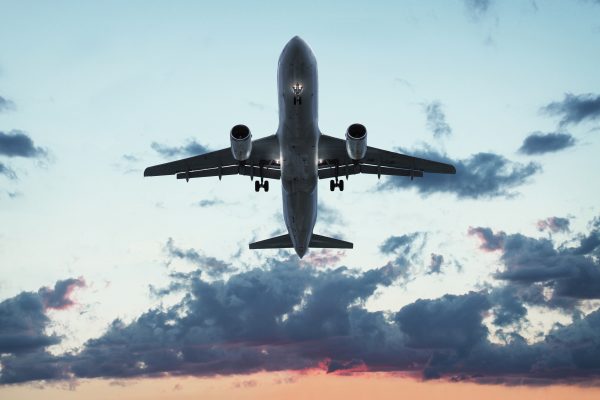KUALA LUMPUR, 30 August 2023: Expansion in international passenger markets in the Asia Pacific and China’s easing of travel restrictions spurred positive travel demand in July, closing in on pre-Covid levels.
According to traffic data for July released by AAPA this week, 27.2 million international passengers travelled on Asia Pacific airlines, a robust 146.6% increase compared to last year. Travel demand recovered in July, averaging 81.4% when compared to pre-Covid July 2019.

Measured in revenue passenger kilometres (RPK), demand rose by 107.6% year-on-year, reflecting the relative strength of regional routes. After accounting for a 98.8% year-on-year expansion in available seat capacity, the average international passenger load factor rose by 3.6 percentage points to 83.7%, in line with levels seen in 2019.
On the other hand, international air cargo markets remained under pressure amid prevailing weakness in global trade activity. Demand, as measured in freight tonne kilometres (FTK), fell by 0.6% year-on-year in July, marking the seventeenth consecutive month of decline. The ongoing restoration of flights led to an increase in belly-hold cargo space, contributing to an 8.4% expansion in offered freight capacity. As a result, the average international freight load factor declined by 5.5 percentage points to 60.9% for the month.
Commenting on the results, AAPA director general Subhas Menon said: “The start of the second half of the year showed a continuation of the strong recovery trend for Asian airlines, with sustained growth in major Asian economies fuelling the appetite for international travel. Overall, during the first seven months of the year, the region’s airlines carried an aggregate total of 147 million international passengers, a strong 259% increase compared to the previous corresponding period.”
“The cargo market, on the other hand, slid further, reflecting the distinct shift in exports from goods to services. Amidst a weakness in demand for both consumer and intermediate goods, Asian airlines experienced an 8.4% drop in international air cargo demand during the first seven months of the year.”
Looking ahead, Menon commented: “In the passenger business segment, demand is expected to remain strong, underpinning further growth in passenger traffic. Nevertheless, uncertainties in the wider macroeconomic environment, in addition to increased living costs, may eventually lead to cutbacks in spending on travel. The outlook for Asian airlines remains positive, as carriers continue to grow networks to meet travel demand and return gradually to profitability whilst maintaining their dedication to safety and sustainability.”






